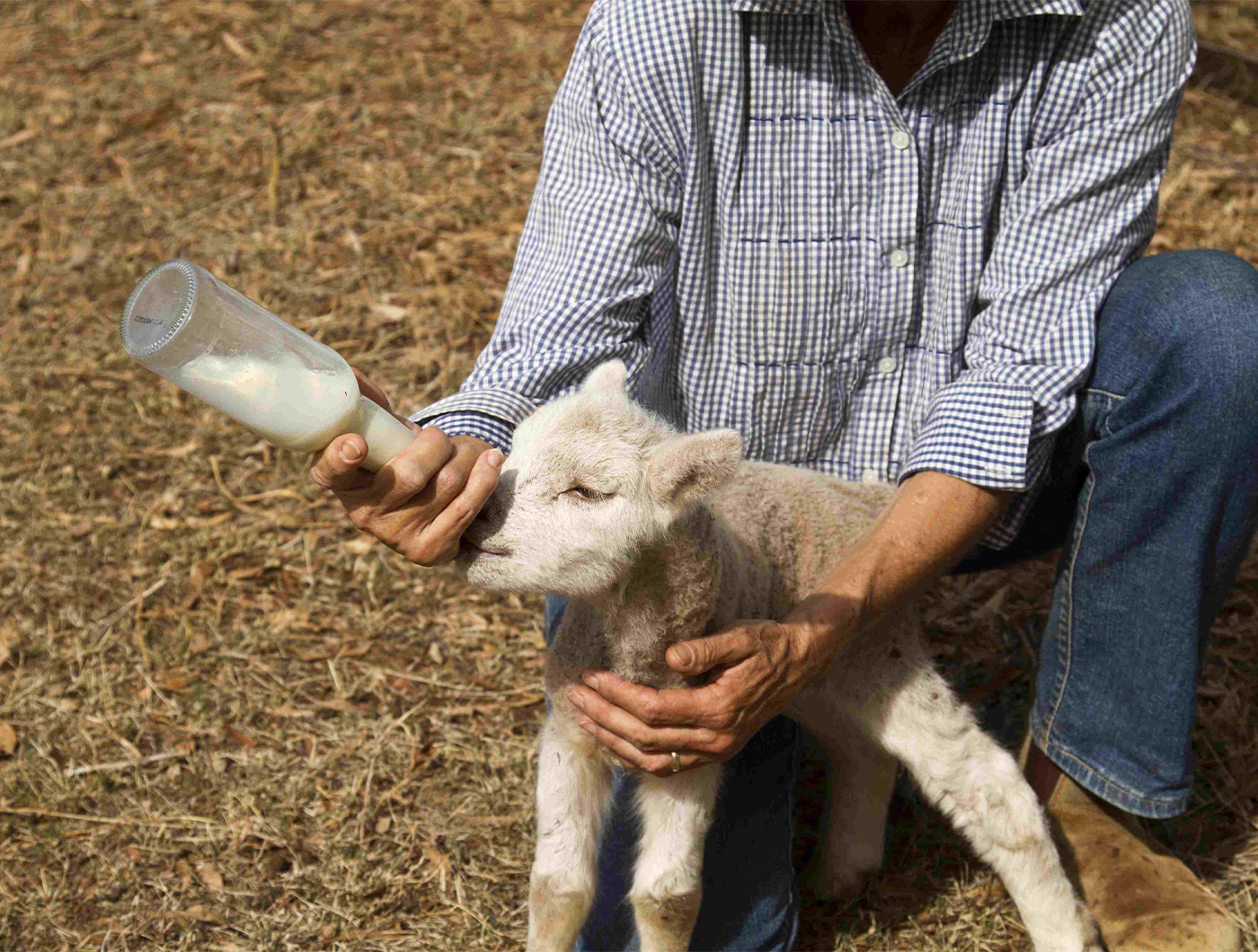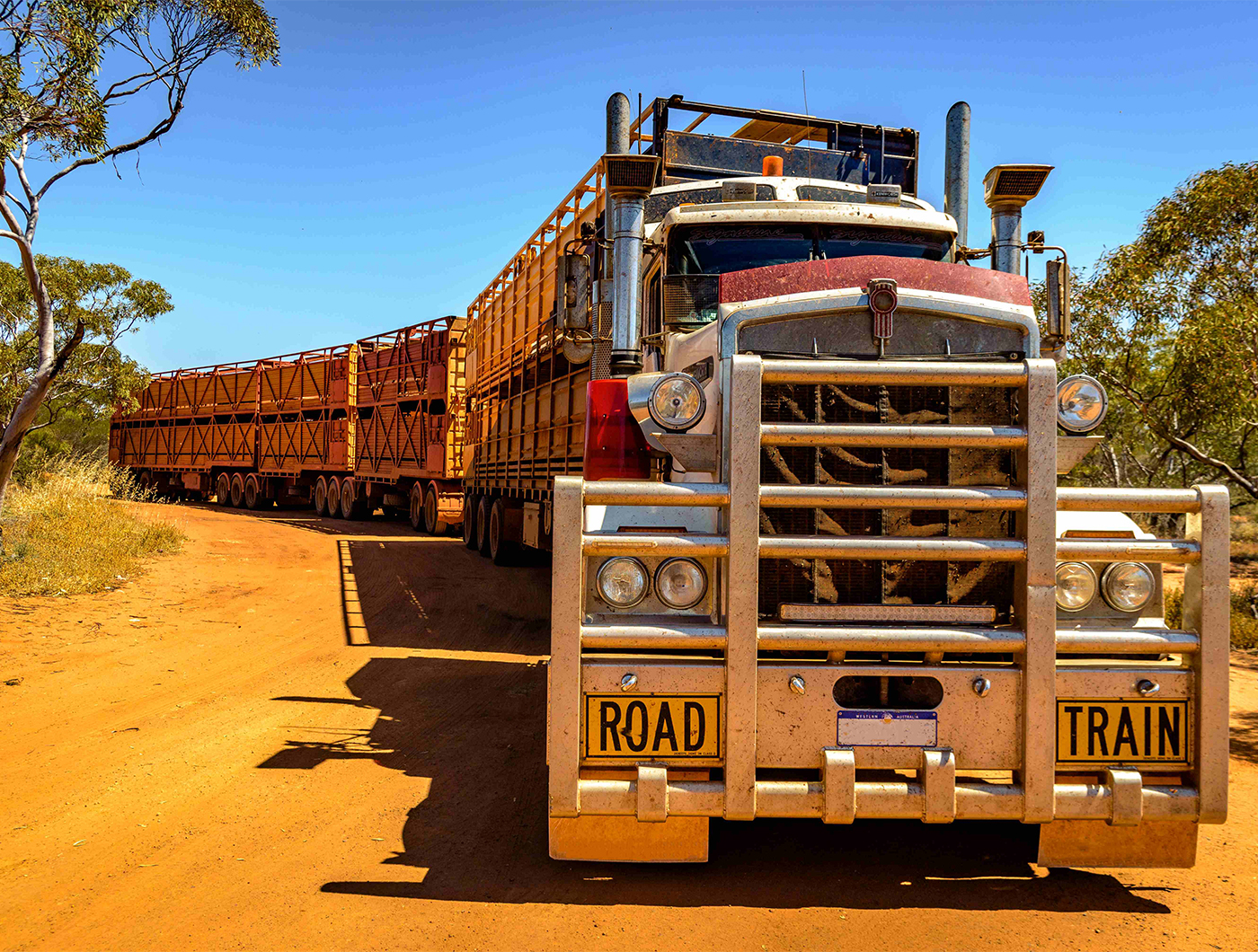From paddocks to processing, the Australian red meat industry cares about it's livestock
From time to time, we’ve all heard a story or seen some footage where livestock aren’t treated as well as the majority of animals in the industry. Animal cruelty cases are just as distressing to the industry as they are to the community and they outrage farmers. The reality is livestock are the key to the industry's livelihood. Without them there is no industry.
So, what is the Australian red meat industry doing about animal health and welfare?
Good animal health and welfare starts with preserving and following Australia’s world-class quarantine and biosecurity systems, which have enabled our island home to remain free from exotic livestock diseases like foot and mouth disease and BSE (Bovine Spongiform Encephalopathy). The industry wants to keep it that way. On the farm and in the feedlot, farmers maintain their own biosecurity system and take care to keep their herds and flocks healthy through ready access to feed and water, nutritional supplements when they’re needed and protection from local pests and diseases. Through research the industry is finding new ways to manage pests, prevent diseases, look after livestock in a low stress way and find alternatives to necessary husbandry procedures.

That's not all...
The Australian red meat industry has also been proactive in creating new programs and systems to ensure and to demonstrate the industry’s commitment to best practice animal health and welfare. In a number of cases, our industry has led the world. One example being the TruckSafe quality assurance program implemented by the trucking industry. Transporters must follow legislated animal welfare regulations which are informed by the standards within the Australian Animal Welfare Standards and Guidelines for Land Transport. Ensuring good animal health and welfare on trucks and trains means transport operators do everything from assessing livestock are "fit to load" to ensuring the appropriate breaks are given to livestock on the move and of course moving livestock calmly on and off transport using low-stress stock handling techniques.


